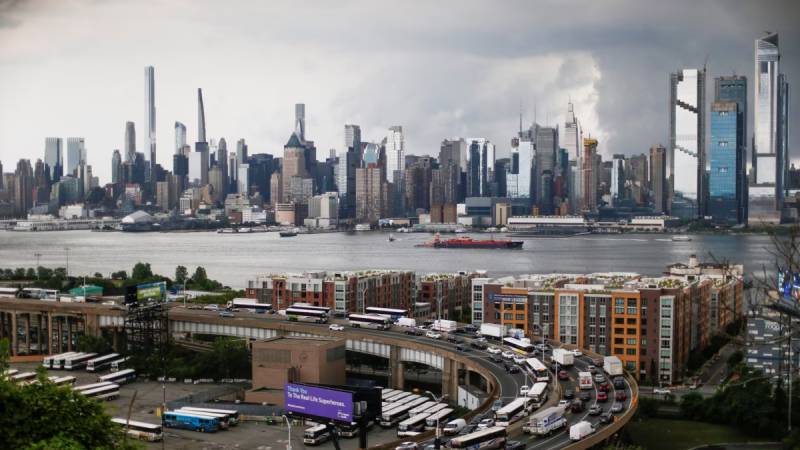Asia Pacific is home to more than 4.8 billion people as of 2020. The region is home to China and India, two of the world’s most populous countries, each with more than 1.4 billion people. According to recent United Nations (UN) data, the region’s population is growing at 0.64% per year, but this growth rate is slowing. Because each subregion has a different population growth rate, the composition of the total population is expected to change in the future. For example, in 1980, 42% of the region’s population lived in East and Northeast Asia, but in 2050, only 31% of the population will live there. Instead, by 2050, almost half of the region’s population will live in South and Southwest Asia. The Pacific region is the fastest growing region, and its share of the total population is expected to increase from 0.8% in 1980 to 1.1% in 2050.
5. China
Population Growth = -0.01D
The second largest country in the world, China has almost the same population as India. However, due to the introduction of population control policies by the Chinese government, the population has continued to decline since 1965. Although this policy has since been abolished, its long-term effects have contributed to China’s population decline. According to projections, the country’s population growth rate is expected to further decline to -0.52% by 2050.
4. South Korea
Population Growth = -0.23D
The Republic of Korea or South Korea has experienced a steady decline in population growth over the years, primarily due to urbanization. Currently, the country’s population is approximately 51.7 million, but it is expected to decline to 45.7 million by 2050. According to the United Nations, the population growth rate in 2050 is expected to reach -0.84%.
3. Armenia
Population Growth Rate = -0.38D
Armenia is the third fastest shrinking country in Asia with a population growth rate of -0.38%. The country’s population, currently 2.7 million, will decrease by 10,000 from 2021 to 2022. Armenia’s population decline can be attributed to a variety of factors, but the main ones are economic instability, immigration, and declining birth rates. Despite its declining population, Armenia remains one of the fastest growing economies in Asia.
2. Japan
Population Growth Rate = -0.44D
Japan is one of the 20 fastest-declining countries in the world and ranks second in Asia in terms of population decline. With an average annual growth rate of -0.1%, Japan’s population growth has steadily declined over the years. The country’s population growth rate is expected to decline to -0.68% by 2050.
1. Lebanon
Population Growth = -1.86D
Lebanon experienced a significant population decline of -1.86% from 2021 to 2022, losing approximately 102,000 people during this period. Several factors contributed to this decline, including migration and financial instability. Lebanon experienced its largest population decline in 2019, at a rate of -2.84%. It currently holds the title of the fastest declining Asian country in the world.
- Top 5 Health Insurance Stocks to Add to Your Portfolio - July 26, 2024
- 7 Reasons Edamame is Great for Your Health - July 26, 2024
- 2024 Paris Olympics: How Many US Athletes Are Competing? - July 26, 2024





